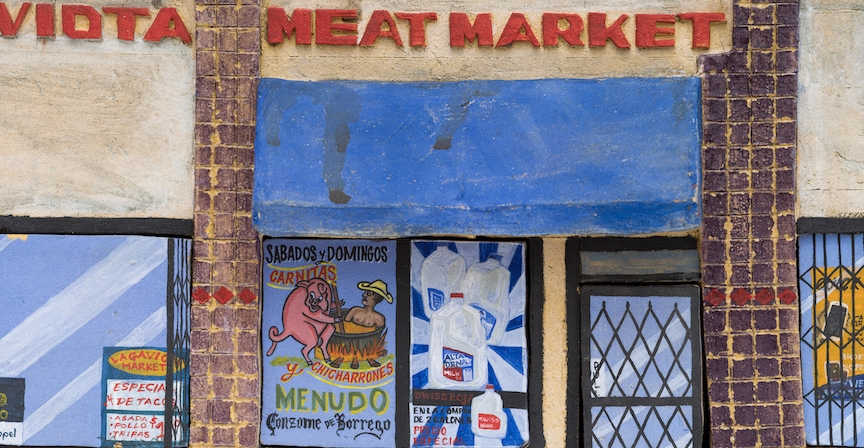
A darling of our anthropologic past, pottery has been embedded in culture for thousands of years, leading to great insights about different communities of people and how they lived their lives. Today clay is only one of many available materials, and for most everyday uses, it isn’t the most practical option. But in a new exhibition at UC Santa Barbara’s Art, Design & Architecture Museum (AD&A), artist Christopher Suarez is using clay to record the everyday spaces of his Long Beach barrio.
“I was looking at Indigenous pottery and thinking about how those cultures would use clay and ceramics in their daily lives, whether functional or religious … and how clay can serve as a recorder of time and place,” said Suarez, a Los Angeles-based sculptor, in a public talk presented by the museum. “I want to work in that same manner, putting my values in my work — mine, my family’s and my community’s.”
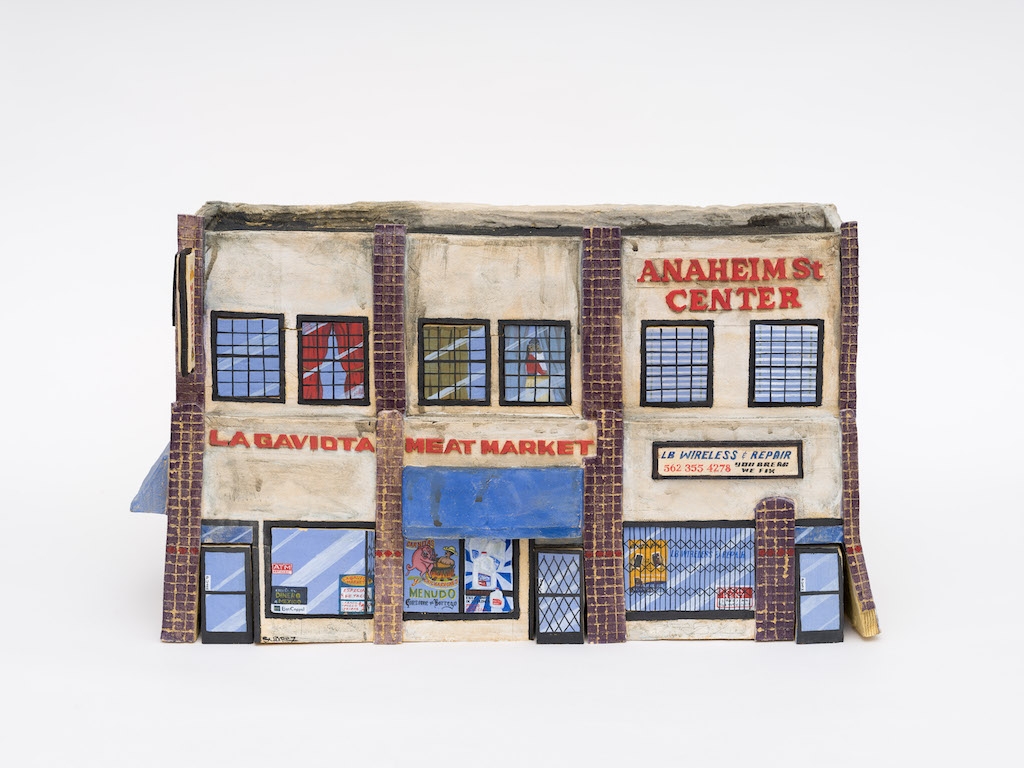
Curated by AD&A director Gabriel Ritter, “ESPÍRITUTECTUAL” is the artist’s first solo museum exhibition. Its title is a Spanish portmanteau for “architectural spirit,” alluding to the aura that the built environment can have in relationship to the community that surrounds it.
The exhibition features three dimensional ceramic sculptures that replicate buildings from the Latino and immigrant working class neighborhood where Suarez grew up in Long Beach. In particular, Suarez recreates small sections of urban strip malls that have laundromats, butcher shops, convenience stores and mercados.
“Christopher’s work explores the strip mall — a quintessentially Southern Californian architectural form — as the epicenter for the cultivation of community and culture,” Ritter said. “Despite their utilitarian design, these commercial centers are not only an integral part of the SoCal landscape, but more importantly for the artist, an extension of home.
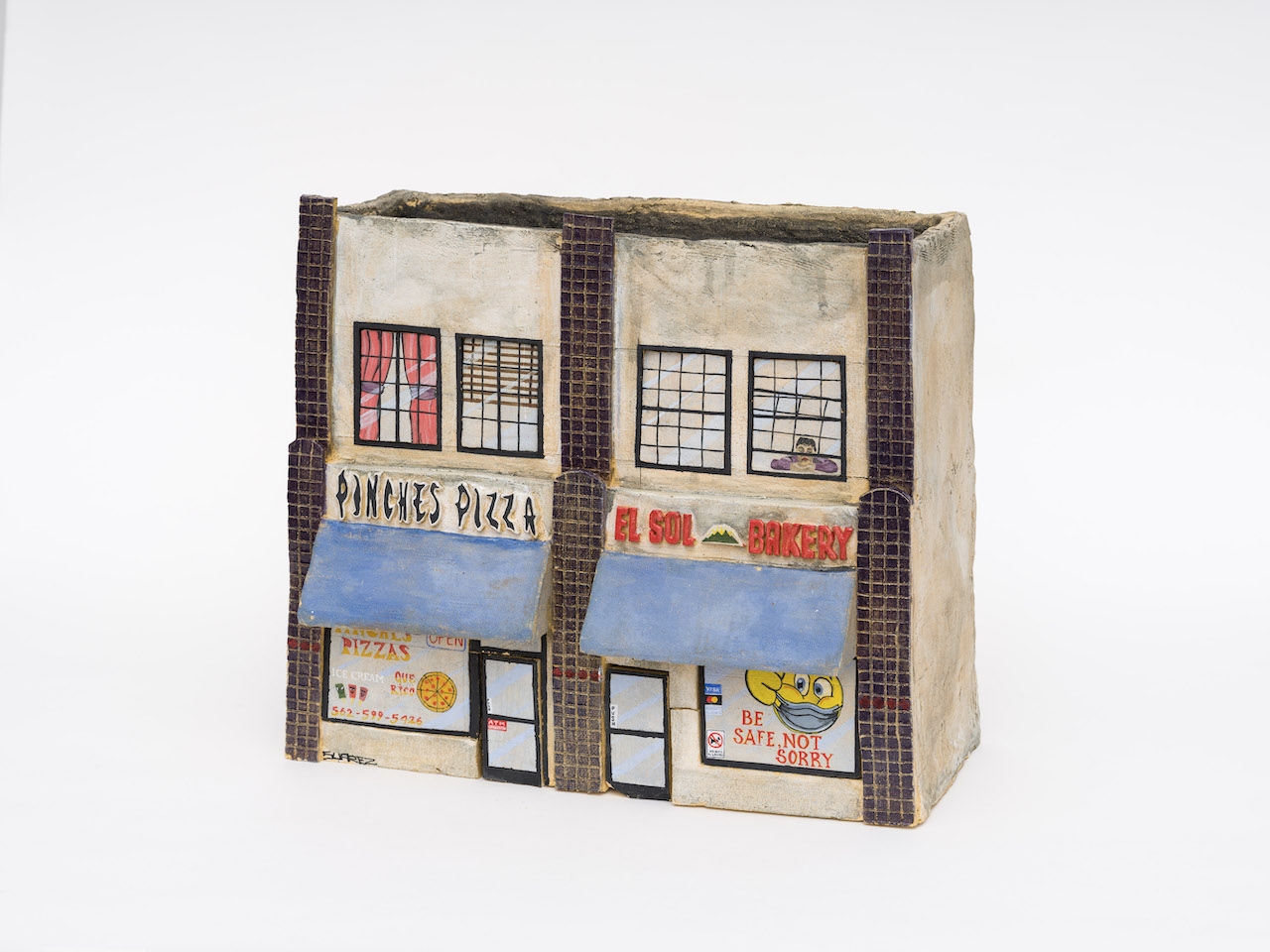
While he takes poetic liberties to heighten the sense of familiarity or to honor members of the community, like changing the name of a carnicería from “Ramirez” to “Ramiros,” after his father, Suarez faithfully imbues each piece with important and recognizable cultural markers.
Spanish and Spanglish text and hand painted signs abound throughout the exhibition. In one sculpture, a meat market called La Gaviota is brandished with a hard working pig stirring a caldron that has a man sitting inside. In multiple styles of hand lettering, the window advertises the weekend specials: “carnitas, chicharrones, menudo, conzome de borrego.” The style and iconography match not only Suarez’s Long Beach home, but really any barrio in California or the South West. (If you’re in Santa Barbara, look no further than Old Town Goleta and the city’s Eastside and Westside neighborhoods.)
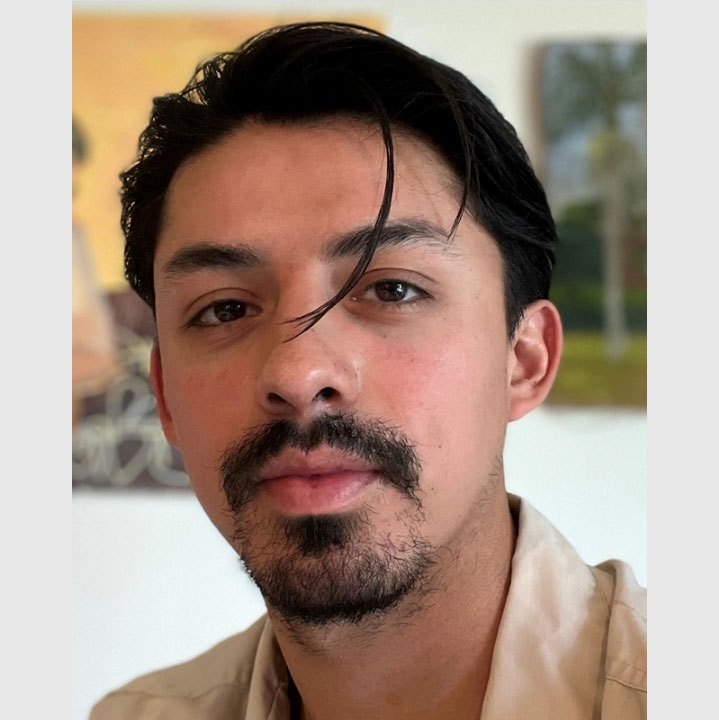
Christopher Suarez
Suarez received his BFA in ceramic arts from CSU Long Beach, where he studied with Tony Marsh and Christopher Miles. He lives in Long Beach, California and was an artist in residence at the American Museum of Ceramic Art in 2022.
“These colors and this style of signage with the human touch represent a community and its sites of cultural reproduction and sustainability,” Suarez said. “Carnicerías, bodegas, these are safe spaces for people. You go into these places and there are certain feelings you have — it’s like these places keep me in touch with where I come from. And I am honoring that.”
Artist and UCSB assistant professor Alex Lukas, a contemporary of Suarez, who organized the Department of Art’s spring visiting speaker series that featured Suarez, noted: “(His) work explores archiving the layered, hybrid histories of place and displacement. He embraces the materiality of clay as a tool for engaging with multigenerational family lineages while simultaneously using ceramics to preserve his youth and anticipate the effects of encroaching gentrification on the Long Beach of his childhood.”
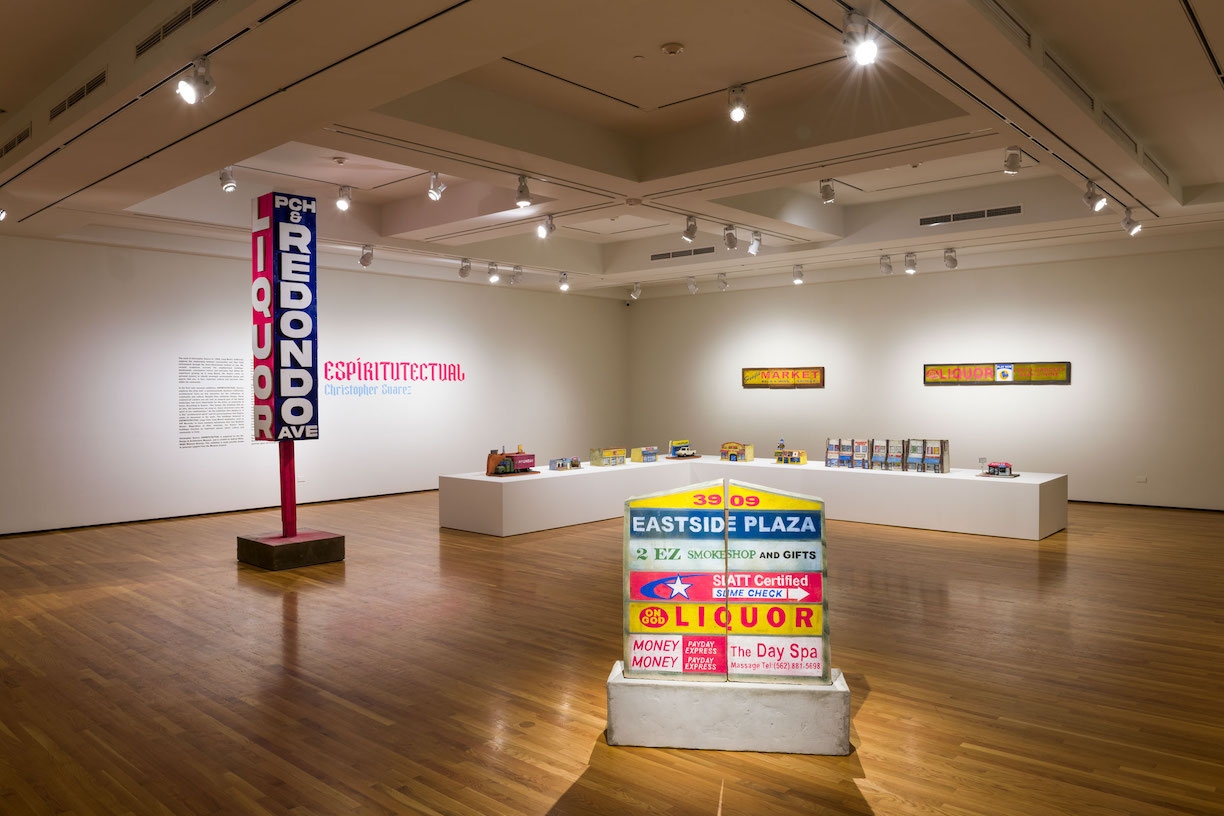
In his work, Suarez creates a record, documenting and archiving sites of social significance that may otherwise go untapped. Over the years, community demographics and socio-economic factors change, and with them, the built landscape changes, new generations assimilate and gentrification often takes hold. “As I grow older, I’m seeing all the changes taking place and I want to document it because it could be the last time we see it,” Suarez reflected. “The spaces that I’m trying to preserve are the places where people spend time and that keep me in touch with my own culture. If those are gone, then I feel like a piece of my culture is gone too.
“(I’m) not trying to be resistant or resilient but it’s just a core of my own identity that I want to celebrate in my work and put at the forefront.”
Debra Herrick
Associate Editorial Director
(805) 893-5446
debraherrick@ucsb.edu



